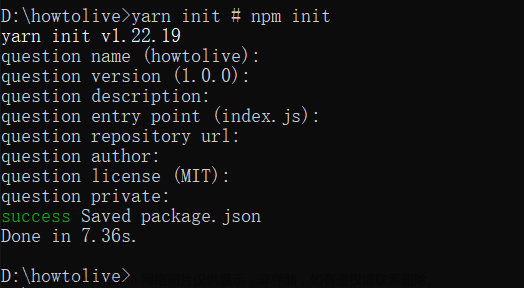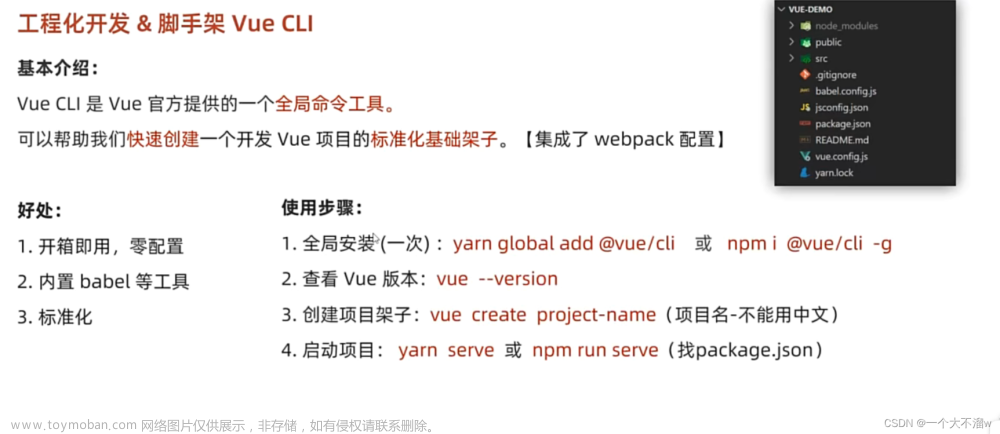第九章 使用Apache服务部署静态网站
一、网站服务程序
1、网站服务介绍
网站服务就是指Web网络服务,一般是只允许用户通过浏览器访问到互联网中各种资源的服务。Web网络服务是一种被动访问的服务程序,即只有接收到互联网中其他主机发出的请求后才会响应,最终用于提供服务程序的Web服务器,会通过HTTP(超文本传输协议)或者HTTPS(安全超文本传输协议)把请求的内容传送给用户。
2、Apache程序介绍
Apache程序是目前拥有很高市场占有率的Web服务程序之一其跨平台和安全性广泛被认可且拥有快速、可靠、简单的API扩展。Apache服务程序可以运行在Linux系统、Unix系统甚至是Windows系统中,支持基于IP、域名和端口号的虚拟主机功能,支持多种认证方式,集成有代理服务器模块、安全Socket层(SSL),能够实时监视服务状态与定制日志消息,并有着各类丰富的模块支持。
二、配置服务文件参数
1、Linux系统中的配置文件
| 文件名称 | 作用 |
|---|---|
| /etc/httpd | 服务目录 |
| /etc/httpd/conf/httpd.conf | 主配置文件 |
| /var/www/html | 网站数据目录 |
| /var/log/httpd/access_log | 访问日志 |
| /var/log/httpd/error_log | 错误日志 |
2、配置httpd服务程序时最常用的参数以及用途描述
| 参数 | 作用 |
|---|---|
| ServerRoot | 服务目录 |
| ServerAdmin | 管理员邮箱 |
| User | 运行服务的用户 |
| Group | 运行服务的用户组 |
| ServerName | 网站服务器的域名 |
| DocumentRoot | 网站数据目录 |
| Listen | 监听的IP地址和端口号 |
| DirectoryIndex | 默认的索引页页面 |
| ErrorLog | 错误日志文件 |
| CustomLog | 访问日志文件 |
| Timeout | 网页超时时间,默认为300秒 |
三、SELinux安全子系统
1、SELinux介绍
SELinux(Security-Enhanced Linux)是美国国家安全局在Linux开源社区的帮助下开发的一个强制访问控制(MAC,Mandatory Access Control)的安全子系统。Linux系统使用SELinux技术的目的是为了让各个服务进程都受到约束,使其仅获取到本应获取的资源。文章来源:https://www.toymoban.com/news/detail-437247.html
2、SELinux服务配置模式
第一种:enforcing:强制启用安全策略模式,将拦截服务的不合法请求。
第二种:permissive:遇到服务越权访问时,只发出警告而不强制拦截。
第三种:disabled:对于越权的行为不警告也不拦截
3、Semanage命令
semanage命令用于管理SELinux的策略,英文全称为:“SELinux manage”。文章来源地址https://www.toymoban.com/news/detail-437247.html
语法格式:semanage [参数] [文件]
4、Semanage命令中常用的参数以及作用
| 参数 | 作用 |
|---|---|
| -l | 查询 |
| -a | 添加 |
| -m | 修改 |
| -d | 删除 |
四、个人用户主页功能
1、开启主页功能
//第17行添加井号(#)
//第24行去掉井号(#)
[root@centos ~]# vim /etc/httpd/conf.d/userdir.conf
1 #
2 # UserDir: The name of the directory that is appended onto a user's home
3 # directory if a ~user request is received.
4 #
5 # The path to the end user account 'public_html' directory must be
6 # accessible to the webserver userid. This usually means that ~userid
7 # must have permissions of 711, ~userid/public_html must have permissions
8 # of 755, and documents contained therein must be world-readable.
9 # Otherwise, the client will only receive a "403 Forbidden" message.
10 #
11 <IfModule mod_userdir.c>
12 #
13 # UserDir is disabled by default since it can confirm the presence
14 # of a username on the system (depending on home directory
15 # permissions).
16 #
17 # UserDir disabled
18
19 #
20 # To enable requests to /~user/ to serve the user's public_html
21 # directory, remove the "UserDir disabled" line above, and uncomment
22 # the following line instead:
23 #
24 UserDir public_html
25 </IfModule>
26
27 #
28 # Control access to UserDir directories. The following is an example
29 # for a site where these directories are restricted to read-only.
30 #
31 <Directory "/home/*/public_html">
32 AllowOverride FileInfo AuthConfig Limit Indexes
33 Options MultiViews Indexes SymLinksIfOwnerMatch IncludesNoExec
34 Require method GET POST OPTIONS
35 </Directory>
2、在用户家目录中配置相关文件
//切换普通用户
[root@centos ~]# su - centos
//创建目录
[centos@centos ~]$ mkdir pubic_html
//编辑网站首页内容
[centos@centos ~]$ echo "Welcome to my website!" > pubic_html/index.html
//家目录权限为755,保证其他用户也有quanx
[centos@centos ~]$ chmod 775 /home/centos/
到了这里,关于第八章 使用Apache服务部署静态网站的文章就介绍完了。如果您还想了解更多内容,请在右上角搜索TOY模板网以前的文章或继续浏览下面的相关文章,希望大家以后多多支持TOY模板网!












